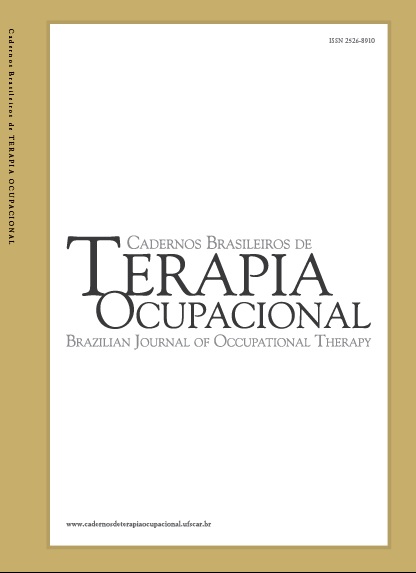Preliminary analysis for the creation of a breast milk bank
DOI:
https://doi.org/10.1590/2526-8910.ctoAO400438953%20Keywords:
Breast Feeding, Milk, Human, Milk BanksAbstract
Introduction: Low breastfeeding rates, local sociocultural conditions, and the absence of a breast milk bank in Santa Cruz de la Sierra, Bolivia, motivated this research. Objective: This study quantitatively assessed perceptions of breastfeeding, aiming to measure and analyze the views of 60 breastfeeding mothers through a structured interview comprising 10 closed-ended questions on a Likert scale. The goal was to collect data for statistical analysis using factor analysis. Method: The study involved 60 structured interviews with breastfeeding mothers over a 12-month period (March 2023–March 2024). A Likert scale (Table 2) was developed, along with the calculation of the Kaiser-Meyer-Olkin (KMO) measure, Bartlett’s test of sphericity, total variance, rotated components, and the operationalization of the identified perspectives. Results: The study established key guidelines for creating a breast milk bank, including institutional support, regulatory frameworks, operational management, and strategic planning. Conclusion: The theoretical and technical analysis suggests that establishing a breast milk bank is feasible and could provide essential support to improve the quality of life for newborns and preterm infants while also promoting the well-being and health of breastfeeding women and mothers.
Downloads
Published
How to Cite
Issue
Section
License
Copyright (c) 2025 The Authors

This work is licensed under a Creative Commons Attribution 4.0 International License.


